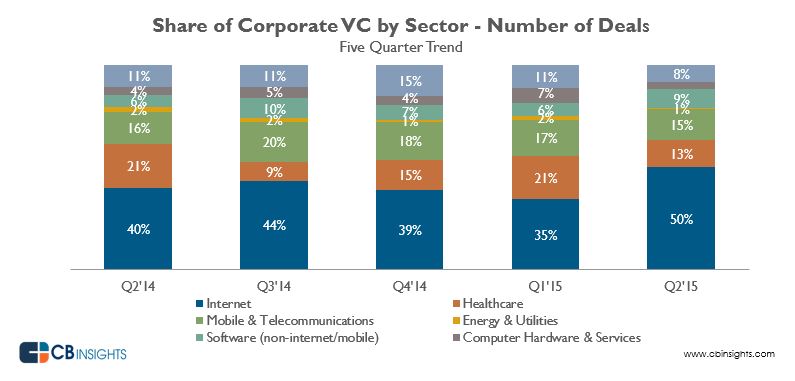

In contrast, junior employees deal with analytical work. Roles and salaries (Salary Overview) at a Private Equity firmĪlthough the hierarchy can vary from firm to firm, roles in PE are generally observed to have a structure where senior professionals are engaged in deal sourcing, managing relations, and making investment decisions. The video below provides an in-depth explanation of PE salaries and jargon like “co-investing” and “carried interest.” Further, it also walks us step-by-step through navigating the WSO company and compensation database. The raises are discretionary and can range from $25,000 to $50,000.

Furthermore, you can also expect an annual raise during the 2-3 years’ Associate program. At megafunds, the all-in compensation is about $315,000 on average at the Associate level. Carry is defined as a percentage of the total pool for each fund and vests over several years (5 to 10 years).Ĭombining the base salary and the bonus gives us the “all-in” or all-inclusive compensation. It is a share in the returns generated by the portfolio companies.

This component is paid out of investment returns and includes two sub-components. Bonus: These are discretionary sums that firms pay to their employees based on their and the fund’s performance.Base salary: It is a fixed sum and is covered by management fees.The income from these sources is distributed to employees in the following ways. The figure below illustrates how the general partners and employees of a PE make money. At higher ranks, bonuses form the majority of the compensation. Investment returns: It is the primary source of income for PE firms, which also decides the bonuses that high-ranking employees will bag.Management fees: This is charged by PE firms from their investors (LPs or Limited Partners) for managing the Assets Under Management (AUM) and is typically around 2%.PE firms primarily earn through three sources. Here is a summary of what you can expect to make at a PE firm at various levels.īefore diving into how much PE firms pay, let’s look at a brief overview of how they make money. In this industry, an employee’s compensation varies based on their experience, role in the firm, and geographic location. Many jobs in the PE sector offer competitive salaries and perks such as bonus potential, company stock options, health insurance benefits, 401(k) matching plans, paid vacation time, and paid sick leave. In addition, some PE firms are more progressive than others, offering food, televisions, and even beers in offices instead of the traditional cube environment. Of course, success in either field comes with bags of money, but the caps are higher in PE than in IB.Īlthough they are usually much smaller and more careful in choosing their employees, the employees are not required to maintain sky-high performance standards once hired, resulting in less stressful days. In addition, they generally offer higher compensation and better hours and, thus, are more forgiving with the work-life balance than investment banking (IB) which is infamous for its long workdays. PE firms provide an intellectually stimulating environment that stresses having a calculative and disciplined approach to analyzing investments. A typical day-to-day workload includes working with existing companies and prospective acquisitions to analyze financial data and project future revenues, net income, and expenses. Employees manage portfolios of PE investments and monitor their performance to ensure that they meet their intended goals. They convince capital owners to invest their assets with them and charge a fee to manage and grow these assets.Ī job in the private equity sector can be challenging, rewarding, and lucrative. A Private Equity (PE) firm is a pooled investment vehicle that collects capital from other funds, institutional investors, wealthy individuals, etc., to invest in private businesses.


 0 kommentar(er)
0 kommentar(er)
